Everybody has their own phenologies, their own timing of spring. First day the snow shovels get put away (unused in my driveway at all this year, I might add), first day of working without long johns on, or maybe the first day of wearing shorts. I’ve always dreamed as a horticulturist of keeping a journal, tracking of events throughout the years such as first frost, peepers in the pond, first robin at the feeder. Yesterday I realized I sorta had one, and that I hadn’t posted to it in a while. So here I am…
One of my harbingers of spring is the opening of forsythia. It’s a plant I grew up with in our backyard, and the bright yellow flowers more than anything else speak spring to my weary winter frame. After arriving to work yesterday I saw the ‘Vermont Sun’ Forsythia in bloom next to the service building parking lot. Early. I first wrote about this hedge of Forsythia when in bloom on April 13, 2009, and wrote about it again in 2010 when it way 11 days earlier in bloom, on April 4. For the record, the bloom date this year was yesterday, March 20. Peepers were in my pond Monday the 19th of March, a blog post on them in 2010 was April 2.
Phenology, not brought to you by the letter “F”, comes from the greek phaino, meaning to show or appear. It’s the study of recurring life cycles of what is around us, the timing of insects, plants, mammals, and the relationship of time to weather and climate. There is even a USA National Phenology Network, using volunteers across the nation to study these cycles. A great example is the Cloned Plants Project, a partnership with the aforementioned USA NPN and the National Weather Service, where clones of either a lilac or flowering dogwood are planted in an observer’s yard and bloom times noted throughout the years.
Obviously, this is wonderful data for global warming. More inputs than air temperature factor into when trees leaf out in the spring. Daylength certainly plays a part, as well as moisture conditions the previous fall, and amount of cold temperatures in the winter. But air temperature is the biggie. A study of oak leaf emergence in England since 1947 has indicated that a 1 degree rise in global temperature is associated with a 7 day earlier tree leafing. This is called Season Creep, and scientists point to this as one of the first effects of global warming that we can actually see in the present, with most of the other detrimental effects taking place in the future.
So where does this put us right now? I’ve been getting many questions on if this early spring will hurt the trees or landscape, and the best answer isn’t cut and dry. The worry is a late frost or freeze after the buds have opened, or shoots emerged from the ground. Short answer? The plants will be fine.Trees losing their first set of leaves can regrow new ones from secondary buds. Like beer on a worknight, it isn’t something to make a habit, but once in a while it isn’t going to hurt anything. And bulbs and perennials emerging from the ground know just when it is safe to come out-a frost never seems to bother them.
The impact of a freeze will be bad for us humans. For example, apples bloom before the leaves emerge, so should they bloom and get pollinated, a late freeze will destroy most of the crop for the year. There are no secondary buds for flowers.
The mild and early spring will cause other problems as well. Those suffering from allergies are miserable all the sooner. And the short, mild winter did nothing to mitigate the deer tick population, so extra care should be taken. If you are interested in tracking the spring and summer phenologically, I can’t speak highly enough of the UMass Landscape Message, posted weekly.
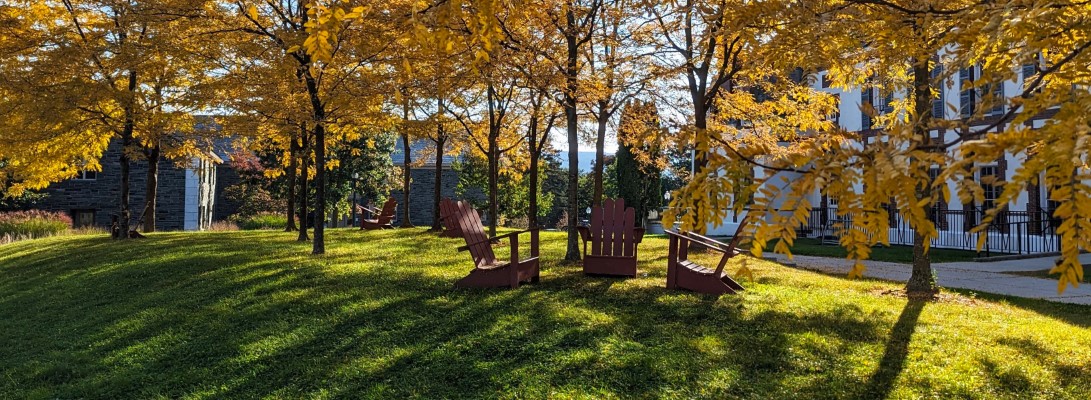
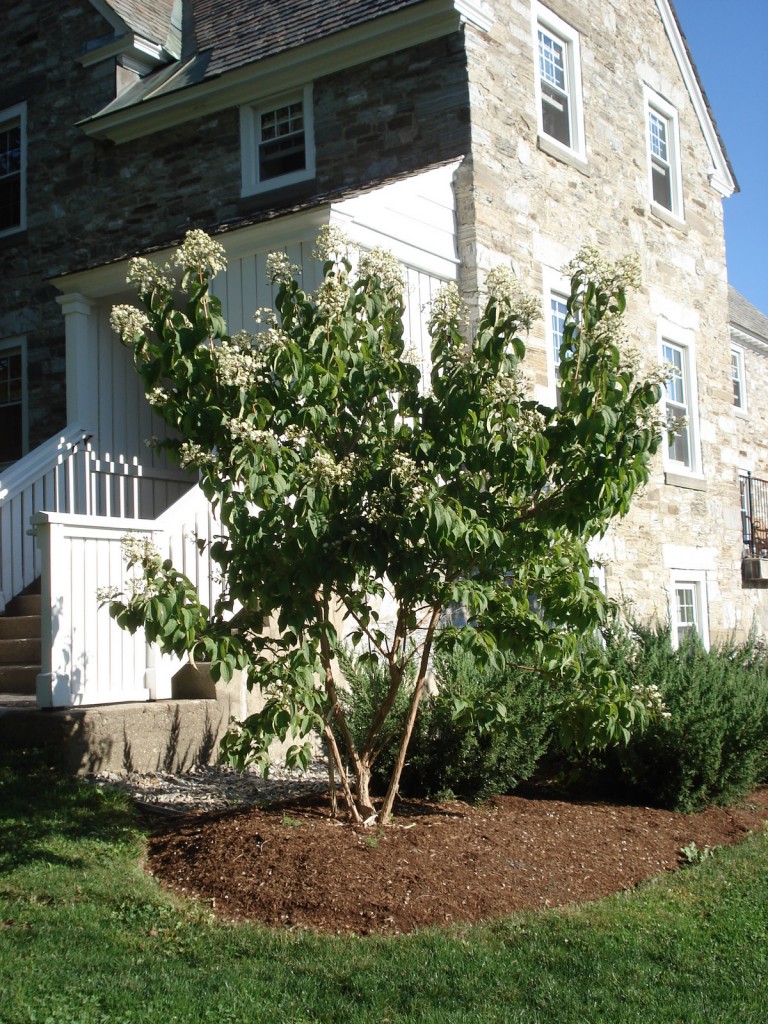
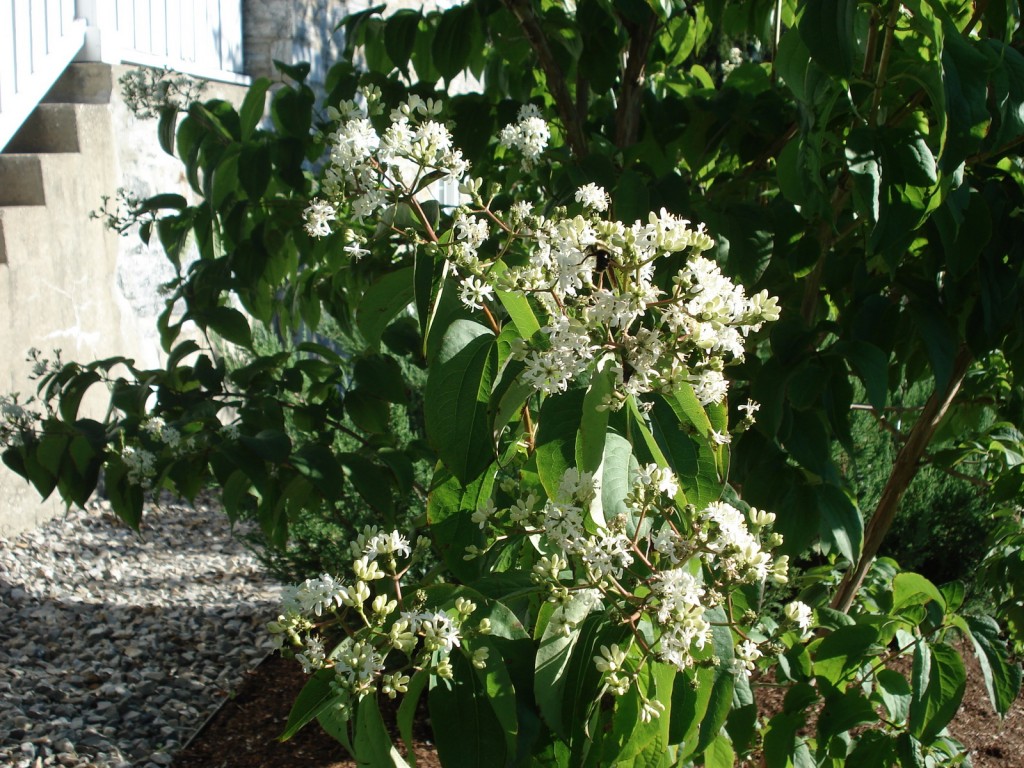
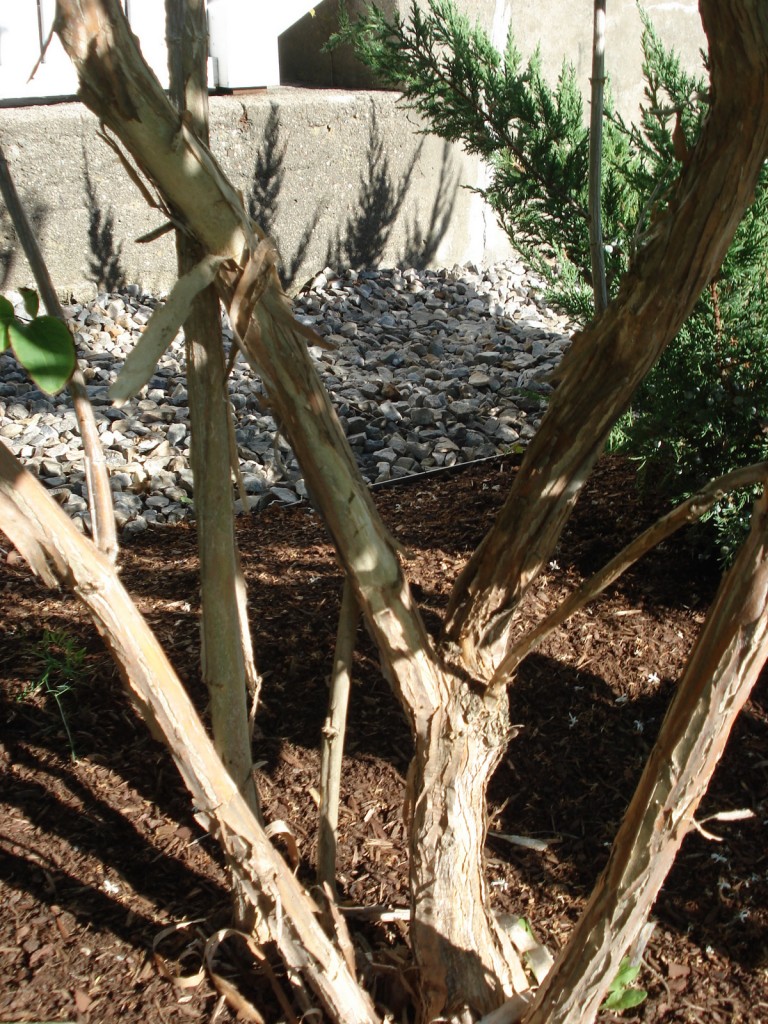
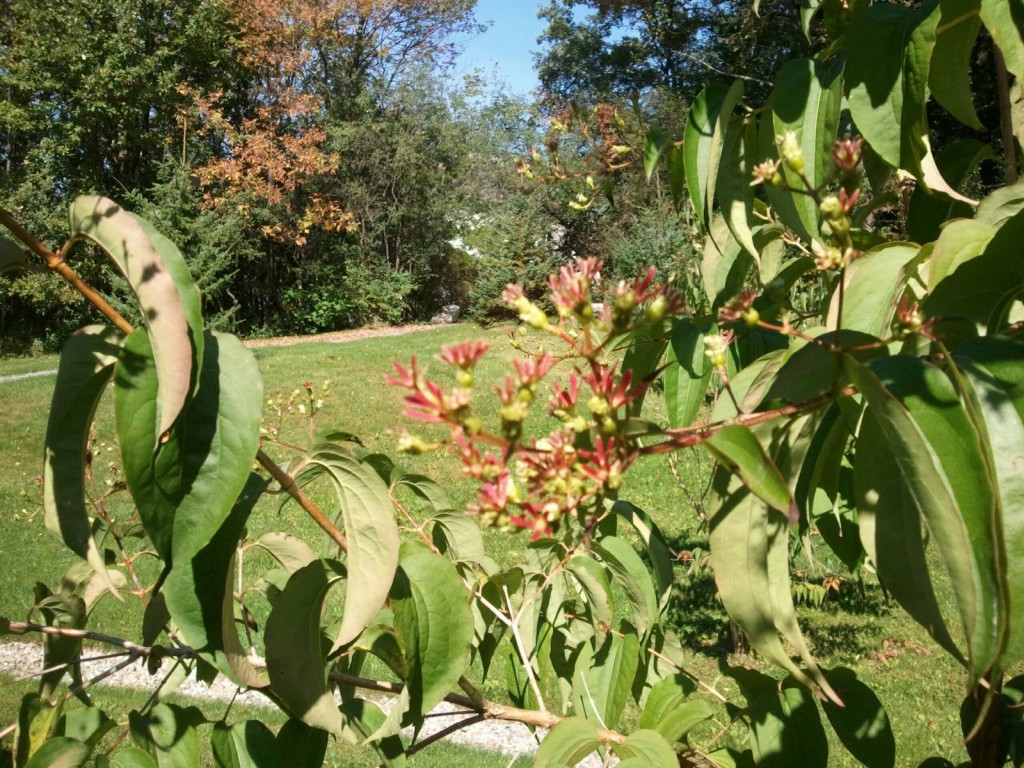
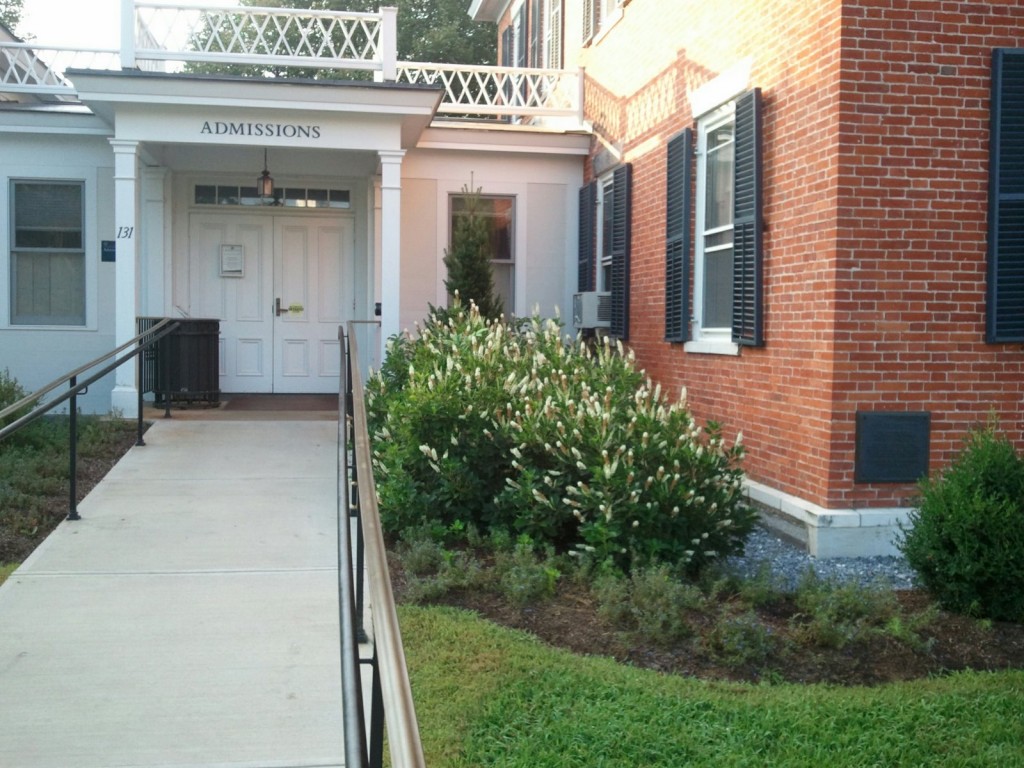
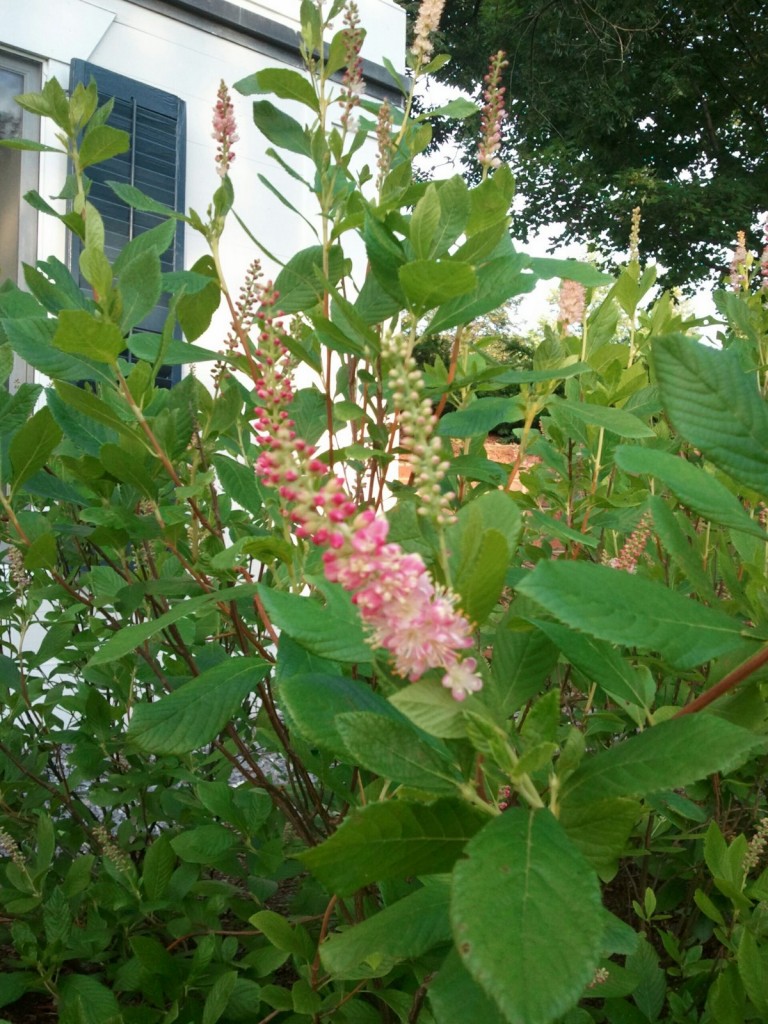
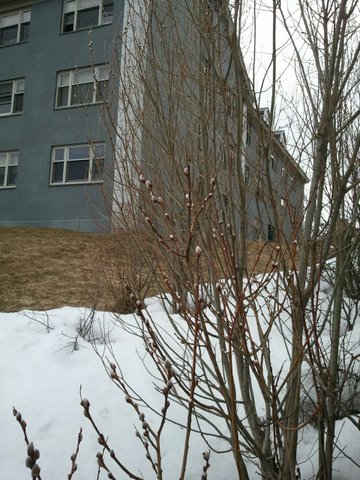
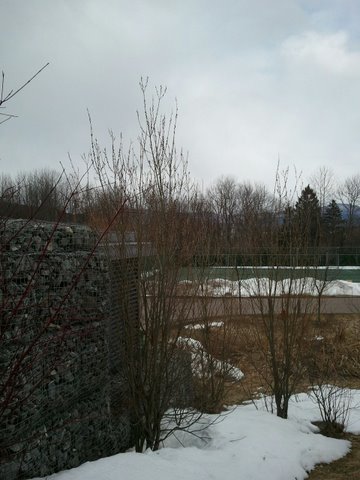
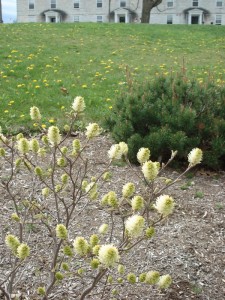
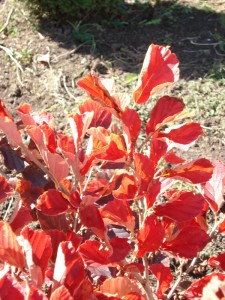
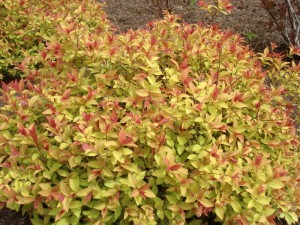
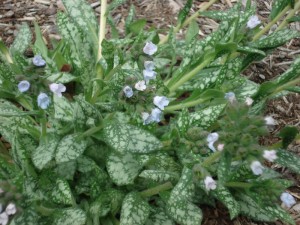
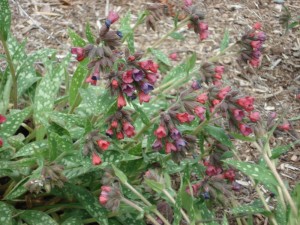
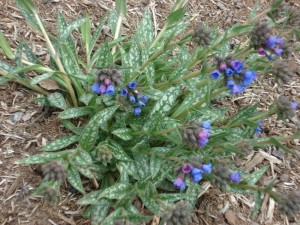
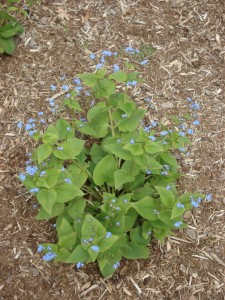
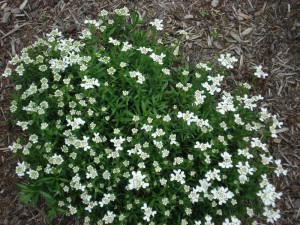
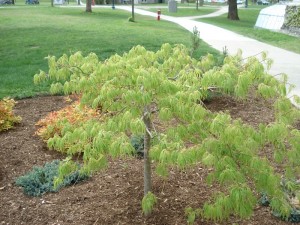
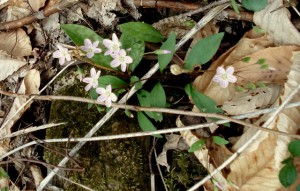
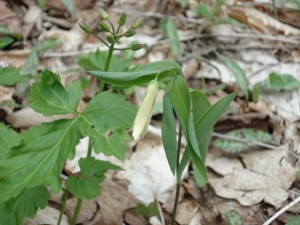

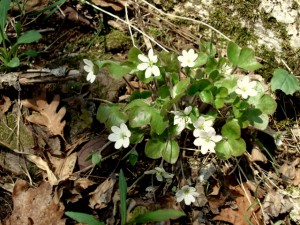
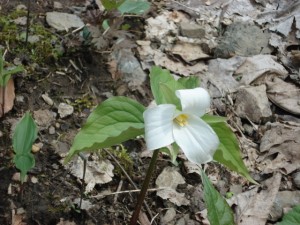
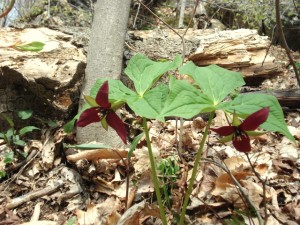

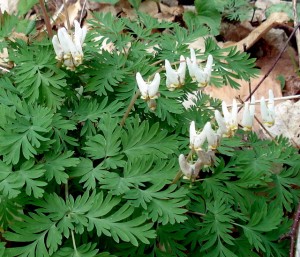
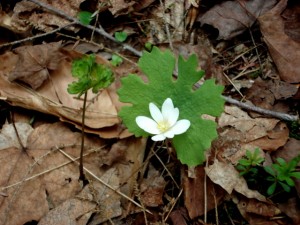
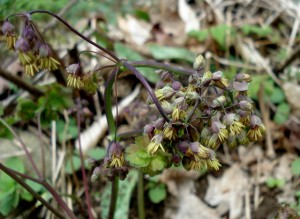
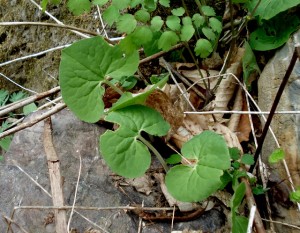
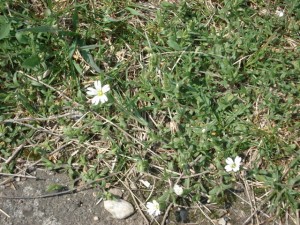
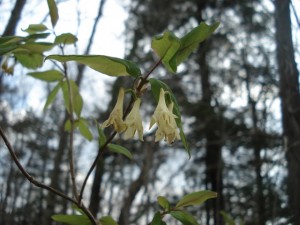
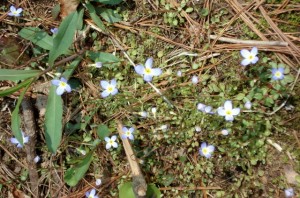
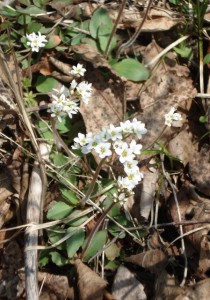


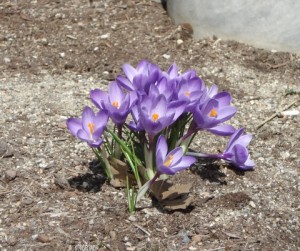
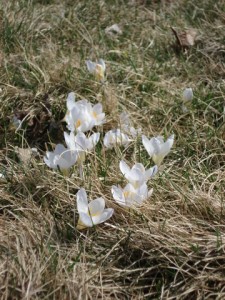
You must be logged in to post a comment.